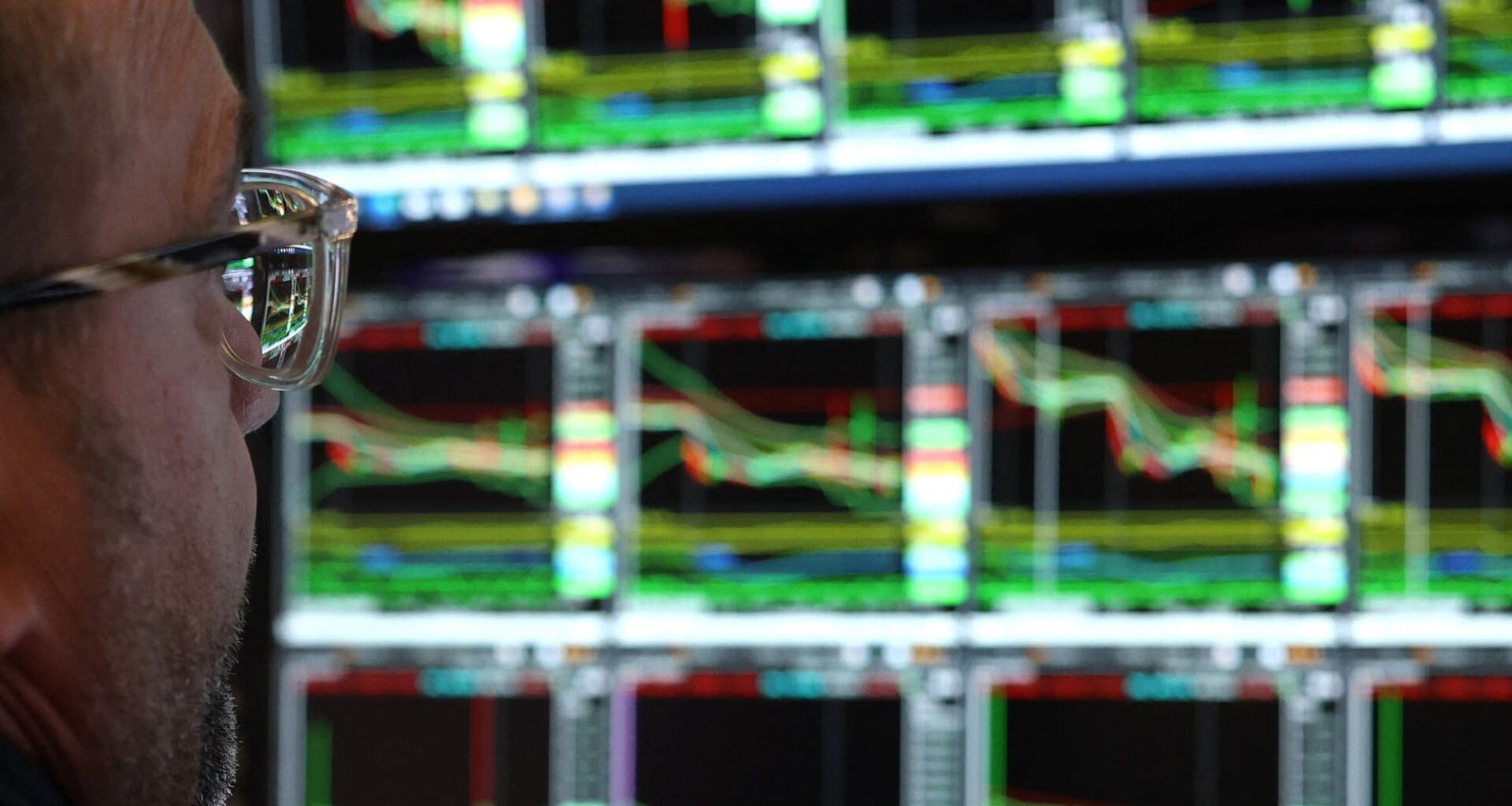New data from payroll processing company ADP gives us a glimpse of how the labor market is slowing: Employment in the private sector decreased by 33,000 jobs in June and those job losses were concentrated in the service sector.
It’s not necessarily a great sign, especially combined with a slackening in hiring at workplaces across the country. But behind the headline numbers, as always there’s more to the story.
Even experts are having a hard time reading the economic signals of today. So I asked some to look at today’s labor market from two perspectives. First, the glass half empty viewpoint:
“Hiring has been slower for new grads this summer. If you’re out there looking for a job, it’s taking longer than you would like,” said Nich Tremper, a senior economist at Gusto.
Martha Gimbel, executive director of the Budget Lab at Yale University, said while we knew the hot labor market had to slow sometime, “there have been some signs of weakness in the labor market this year. Tariffs that we’ve had in place have increased uncertainty.”
She said she also worries about immigration crackdowns restricting the labor market. Brian Coulton, chief economist at Fitch Ratings, shared a similar concern.
“The more complicated picture, glass half empty, is the growth in the population of the working age and the growth in the labor force is clearly slowing down,” he said.
Meanwhile, from a glass half full perspective, Rice University’s John Diamond said despite some losses, the labor market remains “pretty tight and robust.”
“The tariffs have not shown up, at least to this point, in a widespread weakening of the labor market,” he said.
Diamond emphasized the market is working for job havers more than job seekers.
Fitch’s Brian Coulton also shared optimism about the job market: “Look, the unemployment rate is still very low by historical standards, right?” he said.
For those who are employed, wages are growing at a decent clip, he added. “That tells you that companies are wanting to hang on to people, but they’re prepared to pay them 4.25% more than they paid them last year.”
Overall, Coulton said, the labor market is still holding up.
Related Topics
